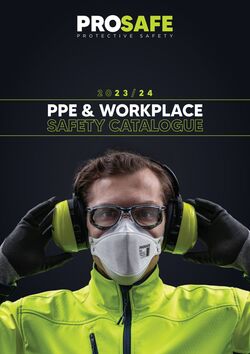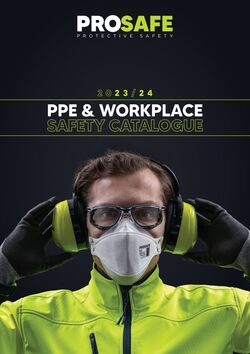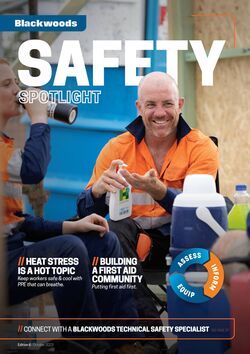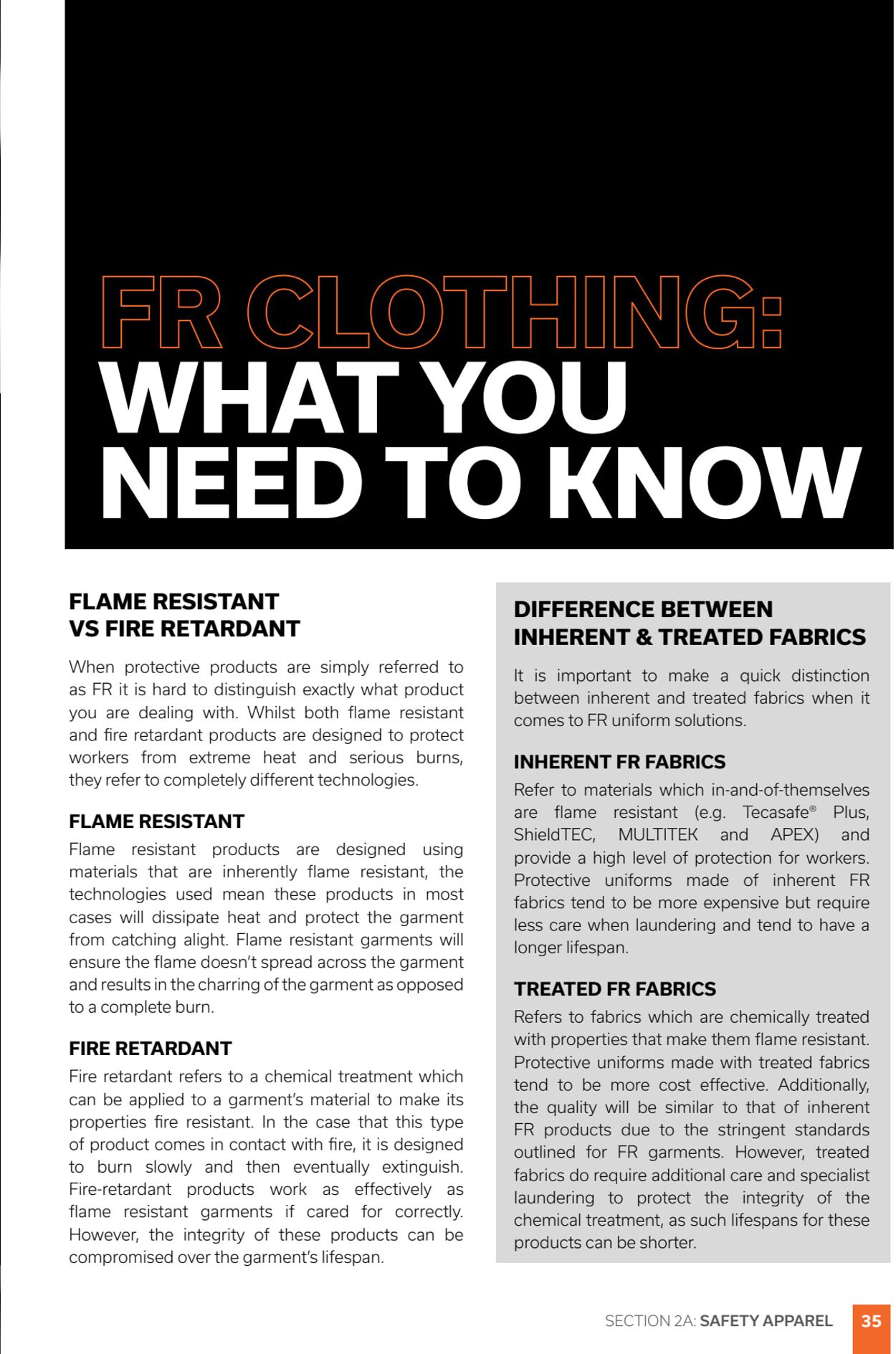













Products in this catalogue
re COlING: WHAT YOU NEED TO KNOW FLAME RESISTANT VS FIRE RETARDANT When protective products are simply referred to as FR it is hard to distinguish exactly what product you are dealing with. Whilst both flame resistant and fire retardant products are designed to protect workers from extreme heat and serious burns, they refer to completely different technologies. FLAME RESISTANT Flame resistant products are designed using materials that are inherently flame resistant, the technologies used mean these products in most cases will dissipate heat and protect the garment from catching alight. Flame resistant garments will ensure the flame doesn't spread across the garment and results in the charring of the garment as opposed to a complete burn FIRE RETARDANT Fire retardant refers to a chemical treatment which can be applied to a garment’s material to make its properties fire resistant. In the case that this type of product comes in contact with fire, it is designed to burn slowly and then eventually extinguish. Fire-retardant products work as effectively as flame resistant garments if cared for correctly. However, the integrity of these products can be compromised over the garments lifespan DIFFERENCE BETWEEN INHERENT & TREATED FABRICS It is important to make a quick distinction between inherent and treated fabrics when it comes to FR uniform solutions. INHERENT FR FABRICS Refer to materials which in-and-of-themselves are flame resistant (e.g. Tecasafe® Plus, ShieldTEC, MULTITEK and APEX) and provide a high level of protection for workers. Protective uniforms made of inherent FR fabrics tend to be more expensive but require less care when laundering and tend to have a longer lifespan. TREATED FR FABRICS Refers to fabrics which are chemically treated with properties that make them flame resistant. Protective uniforms made with treated fabrics tend to be more cost effective. Additionally, the quality will be similar to that of inherent FR products due to the stringent standards outlined for FR garments. However, treated fabrics do require additional care and specialist laundering to protect the integrity of the chemical treatment, as such lifespans for these products can be shorter. SECTION 2A: SAFETY APPAREL
| Name | Details |
|---|